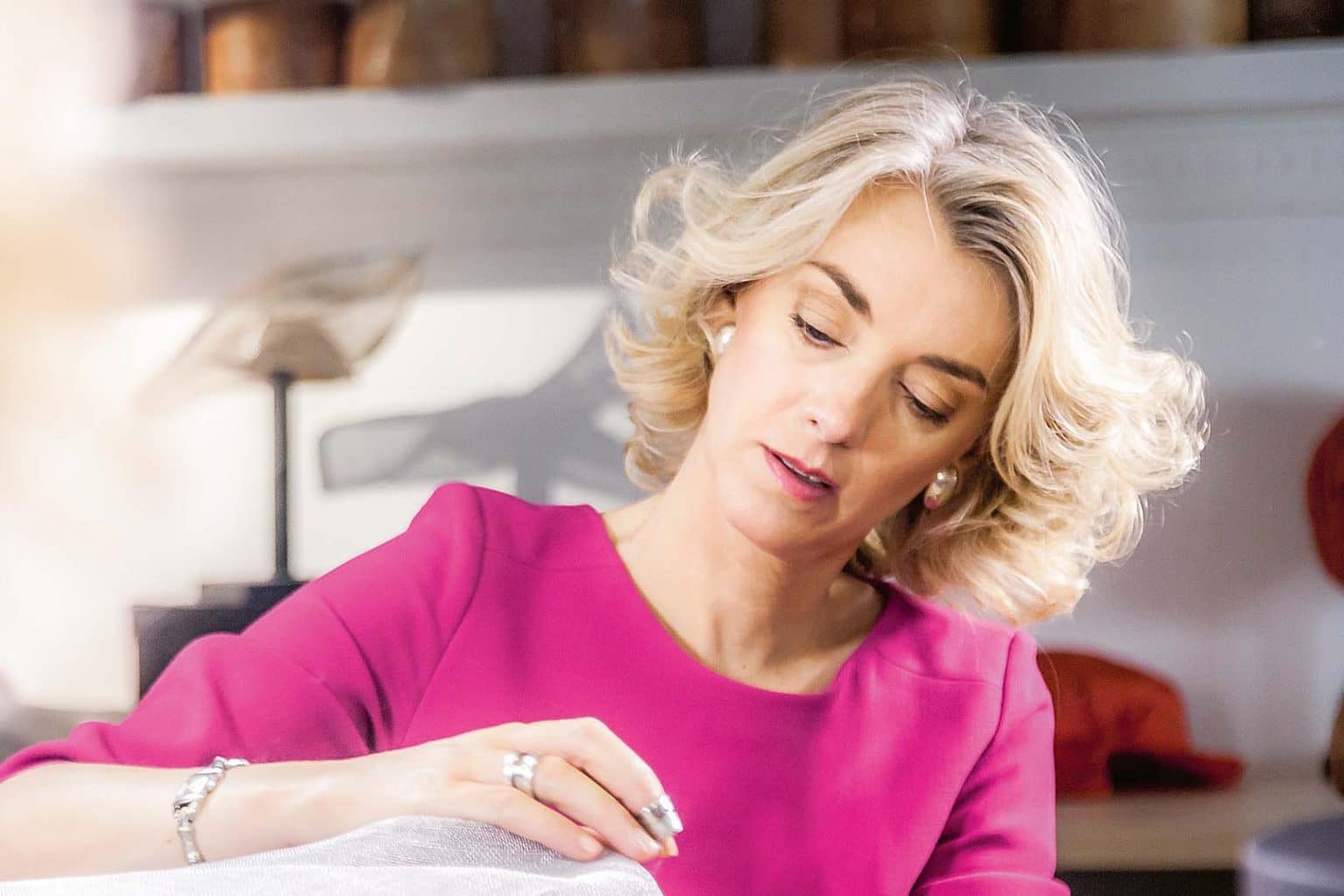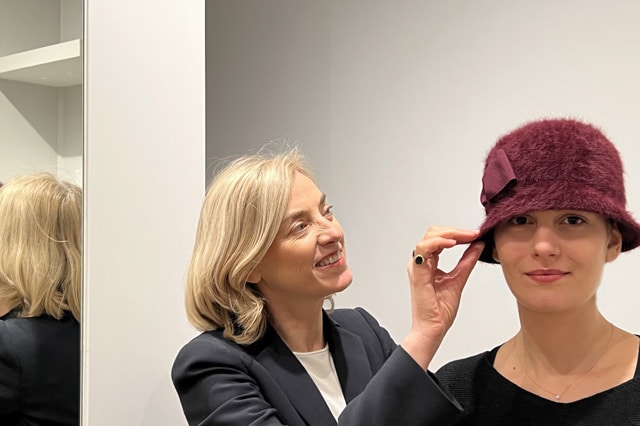When it is not genetic in origin, it can be caused by stress, too strict a diet or a poor lifestyle. In addition, it can be caused by an infection or by hormonal factors such as pregnancy, breastfeeding or the menopause.
For male androgenetic alopecia(baldness of the top of the scalp). Two treatments are proposed. A local treatment with Minoxidil and/or a general treatment with Finasteride. In both cases, the treatment must be prescribed by a dermatologist and taken for life.
In case of temporary alopecia (stress, pregnancy, etc.), treatment is rarely indicated. Many people choose not to undergo treatment. In this case, one can opt for naturalness, or for camouflage make-up, a complete shaving of the head, a wig, a scarf or a hat.
In the case of a severe alopecia Medication in any form can reduce hair loss, but not eliminate its cause. This can be remedied by surgery or by wearing a wig, hairpiece or hat.
In most cases, the hair grows back after a while, but a relapse is possible, especially during periods of intense stress or hormonal changes.
The dermatologist specialised in alopecia and the scalp.
It is important to strengthen your immune system, reduce stress and care for your scalp. To do this, rely on trace element vitamins (iodine, iron, copper, zinc, etc.), mineral salts (sodium, potassium, magnesium, etc.) and omega-3s (oily fish, eggs, avocado, etc.).
It is not uncommon, for example, for depression to cause hair loss and that its healing is accompanied by objective regrowth. The same applies to the healing of certain scalp diseases.
The first step to help you overcome this is to accepte your baldness. Rather than associating it with ageing and making it a complex, you can decide to see this phenomenon as a sign of maturity and why not as a weapon of seduction.
Curative chemotherapy can completely and permanently cure certain cancers. It is used alone or in addition to surgery, radiotherapy and/or hormone therapy. Although curative chemotherapy cannot completely and permanently cure a cancer, it can also induce remission.
- Nausea and vomiting
- Fatigue
- Heart problems
- Decrease in white blood cells, red blood cells and platelets
- Mouth lesions
- Allergic reactions
- Hair loss
Chemotherapy treatment requires infusions at very regular intervals, often for several months at a time.
In most cases, chemotherapy is administered in an outpatient department. You go to the hospital where a specialised team takes care of you in the morning or early afternoon and you go home after the infusion session.
The total duration of treatment varies according to the protocols, but is usually between 3 and 6 months.
Chemotherapy damages and causes hair loss. In order to regain self-confidence and gently cover the head, it is possible to find caps, turbans, scarves, wigs and hats. These are specially designed to cover the entire head and thus improve the well-being of the sick person.
A cancer hat for women is a very soft hat. It can be worn by cancer patients during chemotherapy treatment. The women's chemo hat covers and protects the head after hair loss, both at home and away.
Do yourself a favour and have several chemo hats on hand to make you feel good about yourself. Morale and good humour are essential in the healing process and a chemo hat can help you smile again.
As a true ally and symbol of courage, it will restore your self-confidence and can also be worn after illness. "Normally the hat is worn. But in certain circumstances, it is the hat that carries you".

